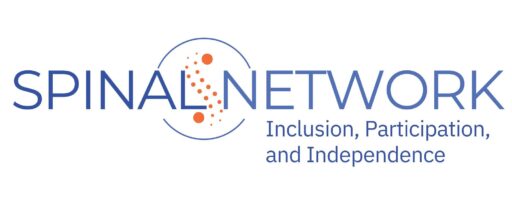On Friday, March 27, President Trump signed the Coronavirus Aid, Relief and Economic Security Act (The CARES Act). This is the third relief package approved by Congress and signed by the President in response to the health and financial crisis now confronting individuals and families, businesses (for profit and not-for-profit) of all sizes across diverse market sectors, the healthcare system and government at all levels. The more than $2 trillion economic rescue package is the largest relief package in U.S. history.
The CARES Act passed with overwhelming support of Democrats and Republicans, has over 800 pages of specific direction to the full spectrum of federal departments and agencies including Treasury, Health and Human Services, Labor, Social Security Administration, Education, Veterans, Housing and Urban Development, Centers for Medicaid and Medicare Services, Small Business Administration and Defense.
The relief includes direct payments to millions of Americans, expanded unemployment insurance, loans and grants to adversely impacted small and large businesses and additional funding to many existing government programs as diverse as homeless housing support, healthcare providers, community behavioral health clinics, suicide prevention programs, Centers for Independent Living, local and state education agencies, the WIOA workforce development system, veterans who are homeless or, as a result of the impact of the Coronavirus, are at risk of becoming homeless and owners and sponsors of properties who receive HUD Section 811 project-based assistance for individuals with disabilities.
National Disability Institute (NDI) has digested the CARES Act and the Families First Response Act and offers this preliminary analysis of the possible impact on individuals with disabilities and their families, disability-related nonprofit organizations and publicly-funded systems (education, health, workforce development) that must treat children, youth and/or adults with disabilities and their families as a protected class who should benefit from these targeted resources.
Visit congress.gov to read the law in its entirety.
We offer the following takeaways that require your attention and next steps for future action. Please share this information widely with individuals with disabilities and their families, disability-related nonprofit organizations and throughout your networks.
